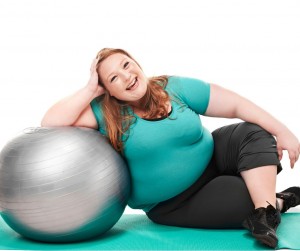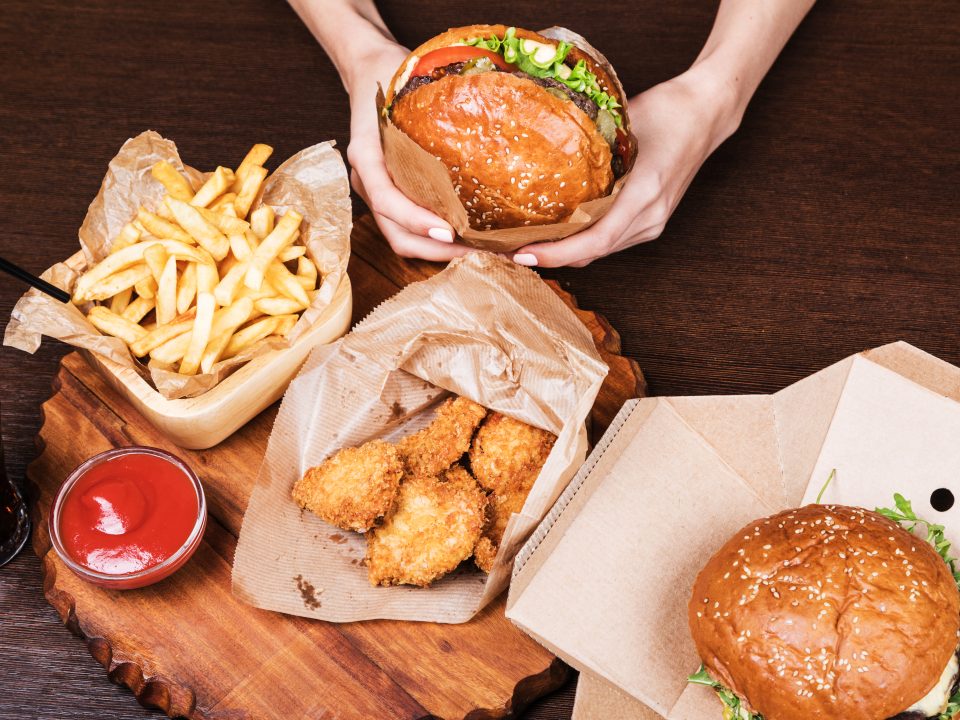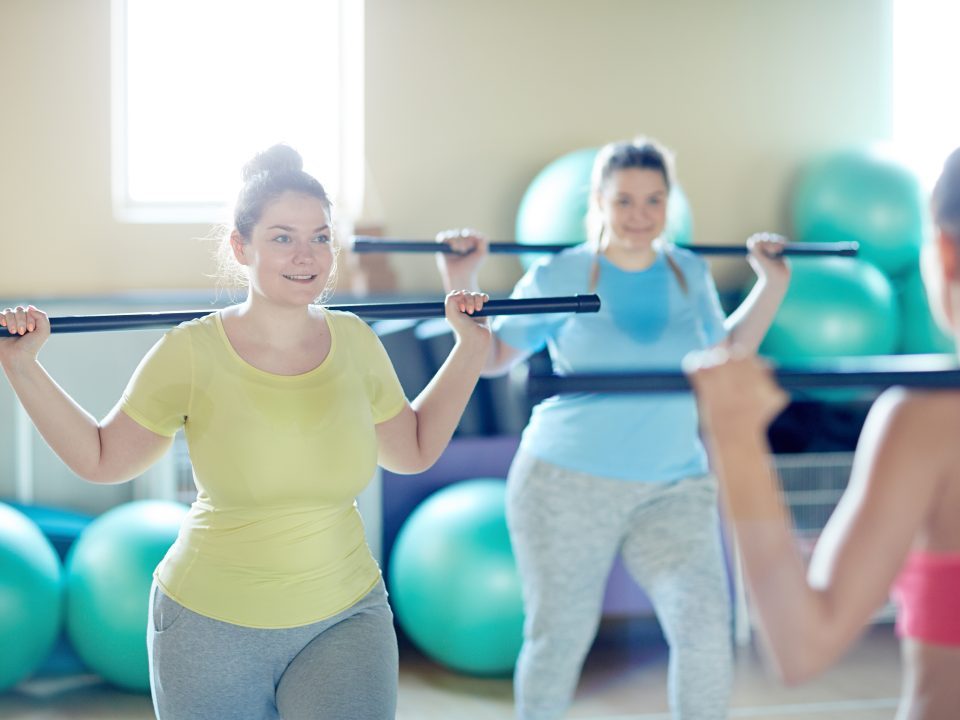When you don’t have support
June 20, 2016Perfect porridge
June 20, 2016
When your weight makes it so much more difficult to exercise, this inexpensive piece of exercise equipment could be your solution. Workout in the privacy of your own home, to your own playlist, in your own time.
What size swiss ball should I get?
When you sit on your swiss ball, your knees should be bent at a 45 degree angle. Your local sporting store should have a number of different sizes for you to test out. Don’t forget to check that the weight limit of your ball is appropriate for your size so can get good use out of it in the long run.
How should I get started?
Begin by using your swiss ball when you are sitting and watching TV, or working at your computer desk- just a few minutes initially, and build up over time. Make sure that when you are seated, that you have your spine straight, and your abdominals activated (tensed up). This will help strengthen core muscles and improve posture.
Once you feel confident sitting on your ball, you can progress to a few minutes of the exercises below, and gradually build up duration over time.
I’m obese and can’t do a lot of exercises, what can I manage?
1: Side stepping with biceps curls
Instructions:
Sitting on your ball, step out to the right and then bring your left foot in to touch your right foot, then step back to the other side with your left foot, and bring your right foot in to meet your left. Keep your back straight, and let yourself bounce a little with your steps.
Repeat this, stepping right-left-right-left etc. When you are mid step your hands should be lowered near your lap in front of you, and each time you step out, curl your arms up to your chest, either using just the bodyweight in your arms, or holding light 0.5-1kg dumbbells.
Benefits:
– Allows you to get your heart rate up to improve cardiovascular fitness
– Takes the weight off your knees and ankles
– Abdominals activated to keep you balanced
– Upper and lower body workout
2: Heel touches with rowing
Instructions:
Sitting on your ball, allowing yourself to bounce on the ball a little with each movement, step on foot forward to straighten your right leg, and flexing your foot, touch your heel to the floor in front of you. Bring your right foot back again, and repeat this exercise with your left foot, then right, then left etc.
At the same time, complete a rowing action with your arms. As you touch your heel to the floor in front you should also extend your arms straight out in front of you (but don’t lock your elbow completely). When you step back, “row” your arms back, pulling your fists in towards your chest. Repeat.
Benefits:
– Strengthens your back and shoulders, which are often weak if you normally sit with a slouched posture.
– Allows for dynamic stretching of the hamstrings and calf muscles, which can help ease back pain.
3: Abdominal crunches
Instructions:
Sit on your ball, and slowly walk your feet forward, letting the ball roll up your spine until it is just below your shoulder blades, your torso is horizontal, and your knees are bent at a 45 degree angle. Hook your feet under the couch for added stability.
Contract your abdominal muscles, and crunch upwards for the count of three, then gently lower back down for the count of three. Do sets of 5 repetitions, and in between sets (as long as it doesn’t cause pain or dizziness) let your head and shoulders relax back slightly onto the ball just below horizontal to stretch your abdominals.
Benefits:
– Allows you to work abdominal muscles without having to get down on the floor, avoiding joint pain or difficulties getting back up.
– Relaxing back on the ball between crunches allows your spine to bend back slightly, gently stretching your abdominals to reduce slouched posture.
4: Hip lifts
Instructions:
Laying on your back on a yoga mat or thick towel. Have your feet up on the top of the ball, and your knees slightly bent, then contract your gluteals and hamstrings and slow raise your hips up off the ground, so that only your upper back is on the floor. Lift as far as feels comfortable for you, counting to three, and then lower back to the ground, counting to three. Repeat.
Benefits:
– Helps tone legs and buttocks
– Strengthens lower back
– Works transverse abdominals, from staying balanced during the exercise
5: Wall squats
Instructions:
Stand with your ball squeezed between your lower back and the wall behind you. Keeping your back straight, your feet shoulder width apart, and your knees pointing straight out over your toes, slowly bend your knees and squat down, rolling the ball up your back. Squat as low as you feel comfortable with (even if it’s only a little bit) then raise yourself back up to standing. Repeat.
Benefits:
– Allows you to squat while leaning back on your ball to support your back and balance
– Helps strengthen the muscles used for getting in and out of chairs/cars for better mobility





